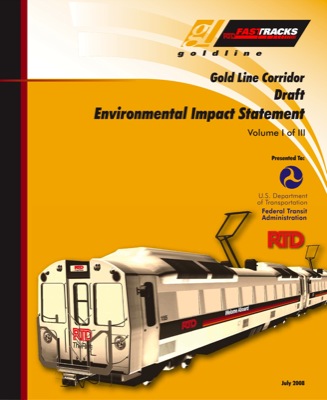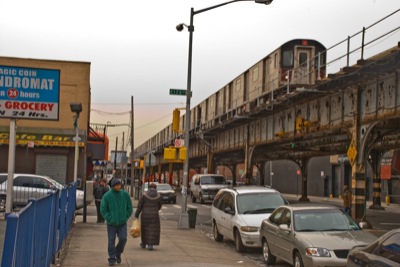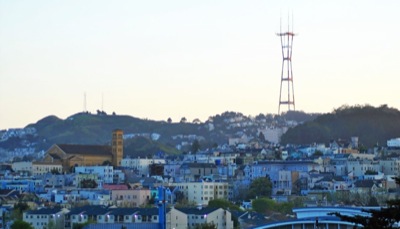RTD, Denver’s overpriced transit agency, has published a draft environmental impact statement for the proposed Gold rail transit line, which is supposed to go from Denver northwest to Wheat Ridge. Back in 2000, when RTD did a “major investment study” of this corridor, light rail was expected to cost $281 million. By the time FasTracks was put on the ballot in 2004, the cost had risen to $355 million.
Now, RTD says the line will cost more than $600 million, which is a lot for a mere 11 route miles. Moreover, RTD has changed the proposed technology to something it calls “electric multiple-unit commuter rail,” which sounds something like the Chicago Electroliners or some of the Philadelphia commuter trains.











